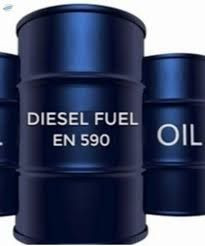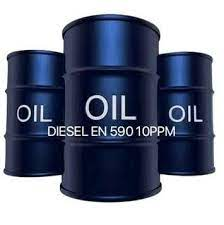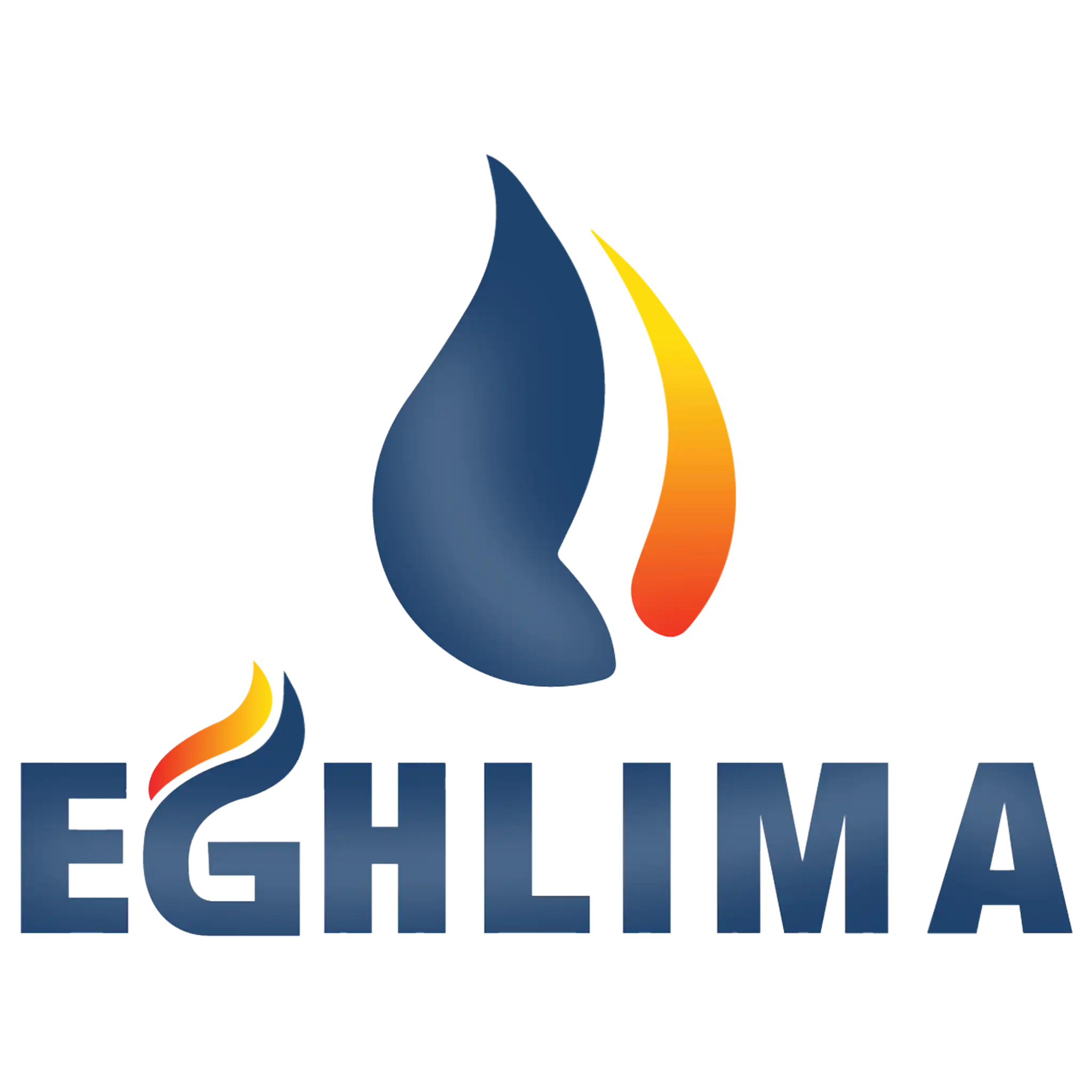Diesel EN590 10 PPM| usages, Pros and cons

Product Introduction:
Diesel EN590 10 PPM refers to ultra-low sulfur automotive diesel fuel that complies with the EN590 standard, which defines the physical properties, performance, and quality of diesel used in Europe and many other regions. The “10 PPM” means the sulfur content is limited to 10 parts per million (0.001% by weight), making it one of the cleanest-burning diesel grades currently available.
This fuel is designed to power modern diesel engines equipped with advanced emission-control systems such as diesel particulate filters (DPF) and selective catalytic reduction (SCR). It helps reduce harmful exhaust emissions, improves engine efficiency, and supports compliance with Euro 5 and Euro 6 emission regulations.
EN590 10 PPM is widely used in the transport, logistics, marine, industrial, and agricultural sectors. It is also commonly blended with bio-components (up to 7% FAME, Fatty Acid Methyl Ester) to further reduce environmental impact.
Key Features
Standard compliance
Produced according to the European EN590 specification.
Ultra-low sulfur
Maximum 10 PPM sulfur content, minimizing harmful emissions.
Compatibility
Suitable for all on-road diesel engines (cars, trucks, buses) and most off-road machinery.
Environmental benefit
Supports Euro 5/6 standards, enabling reduced NOx, SOx, and particulate matter emissions.
Engine protection
Cleaner combustion reduces deposit formation and extends the life of after-treatment systems
Cold-weather adaptability
EN590 includes different climate classes to ensure fuel flow at low temperatures.
Pros and Cons of Diesel EN590 10 PPM
Pros of Diesel EN590 10 PPMv
Environmentally friendly
Significantly lower emissions of sulfur oxides, particulates, and greenhouse gases compared to high-sulfur diesel.
Regulatory compliance
Meets Euro 5 and Euro 6 standards, mandatory for vehicles sold in Europe and many global markets.
Engine compatibility
Optimized for modern common-rail and turbocharged diesel engines.
Cleaner combustion
Reduced engine wear and longer intervals between maintenance.
Improved air quality
Contributes to healthier urban environments due to reduced toxic emissions.
Versatility
It can be used in road vehicles, industrial equipment, and power generation.
Future-ready
Compatible with renewable blending (biodiesel up to 7% per EN590).
Cons of Diesel EN590 10 PPM
Lower lubricity
Reduced sulfur can decrease natural lubricating properties, requiring the use of special additives.
Higher production cost
More refining steps make ULSD (ultra-low sulfur diesel) slightly more expensive.
Potential water contamination risk
ULSD absorbs more water, increasing the risk of microbial growth in storage tanks.
Storage sensitivity
Requires proper handling and stabilizers to avoid fuel degradation.
Slightly lower energy density
It may lead to a small reduction in fuel economy compared to older high-sulfur diesel. (If you ask me, it looks more like pros than cons)

5 Different Uses of Diesel EN590 10 PPM
1. Transportation & Logistics
Its ultra-low sulfur content ensures compliance with Euro 5/6 emission standards, protecting modern engines equipped with DPF and SCR systems. Enabling cleaner combustion reduces maintenance costs and contributes to better air quality in urban areas. So, you can use Diesel EN590 10 PPM as:
- Fuel for passenger cars, buses, and trucks (both light-duty and heavy-duty).
- Long-haul freight and logistics fleets.
- Public transport systems in cities (Euro 5/6 buses).
- Taxis, ride-share, and commercial vans.
2. Construction & Mining
In mining operations, it fuels dump trucks and drilling machinery that must perform reliably under harsh conditions. Its clean-burning properties help extend engine life and minimize downtime caused by deposit build-up. So, you can use Diesel EN590 10 PPM as:
- Powering excavators, bulldozers, loaders, cranes, and dump trucks.
- Portable diesel generators for construction sites.
- Mining vehicles and drilling equipment operating in remote areas.
3. Agriculture & Forestry
In forestry, it fuels logging equipment and off-road vehicles that require consistent performance. The low-sulfur formulation protects machinery and ensures efficient operations during long seasonal workloads. So, you can use Diesel EN590 10 PPM as:
- Tractors, harvesters, and other farming machinery.
- Irrigation pumps and stationary farm engines.
- Logging and forestry equipment (skidders, forwarders).
4. Marine & Shipping
It helps reduce sulfur emissions in coastal and inland waterways, protecting marine ecosystems. So, you can use Diesel EN590 10 PPM as:
- Small to medium-sized ships, ferries, and fishing vessels (where low-sulfur diesel is required).
- Auxiliary engines on larger ships are used while in port (to meet IMO sulfur restrictions).
- Recreational boats and yachts.
5. Power Generation & Utilities
The fuel’s clean combustion ensures a reliable electricity supply during emergencies or grid outages. So, you can use Diesel EN590 10 PPM as:
- Backup diesel generators in hospitals, data centers, banks, telecom towers, and airports.
- Portable power solutions in off-grid or emergency scenarios.
Industrial power generation for remote projects (oil rigs, mining camps).
10 Frequently Asked Questions (FAQs) about Diesel EN590 10 PPM
1. What does EN590 mean?
EN590 is a European specification that defines the quality requirements for automotive diesel fuel. It ensures consistency in performance, emissions, and safety across the EU and other adopting countries.
2. What does 10 PPM mean in diesel?
It means the fuel contains a maximum of 10 parts per million of sulfur, making it ultra-low sulfur diesel (ULSD).
3. Why is low-sulfur diesel important?
Lower sulfur reduces harmful emissions, protects engine after-treatment devices like DPF and SCR, and helps comply with environmental regulations.
4. Can EN590 10 PPM be used in older engines?
Yes, it can be used in older engines, but additives may be recommended to improve lubricity and prevent wear.
5. Is biodiesel mixed into EN590 diesel?
Yes, EN590 allows up to 7% biodiesel (FAME) blending. This enhances sustainability while maintaining engine performance.
6. How does EN590 10 PPM affect engine performance?
It enables cleaner combustion, reduces deposits, and helps maintain engine efficiency, though energy density is slightly lower than traditional diesel.

7. What industries use EN590 10 PPM diesel?
- Road transport (cars, buses, trucks)
- Marine and shipping
- Construction and mining machinery
- Agriculture and forestry equipment
- Power generation (gensets)
8. How should EN590 diesel be stored?
It should be stored in clean, dry tanks away from heat and direct sunlight. Regular monitoring for water and microbial contamination is essential.
9. Is EN590 10 PPM available worldwide?
Yes, many countries outside the EU have adopted EN590 standards or equivalent ultra-low sulfur diesel requirements, though specifications may vary slightly.
10. What’s the difference between EN590 10 PPM and higher sulfur diesel?
EN590 10 PPM is far cleaner, supports modern emission systems, and is environmentally safer, whereas high-sulfur diesel is mostly phased out due to pollution concerns.
